Yes! They boast remarkable durability, energy-saving features, and aesthetic versatility. But no choice is without its drawbacks. Join us as we dissect the advantages and items to consider with metal roofing.
Table of contents
Advantages of Metal Roofs
Metal roofs have surged in popularity, and it’s no wonder why. Offering longevity of up to 70 years, impressive energy efficiency, unmatched durability against harsh conditions, and a variety of aesthetic choices, they present compelling advantages for homeowners.
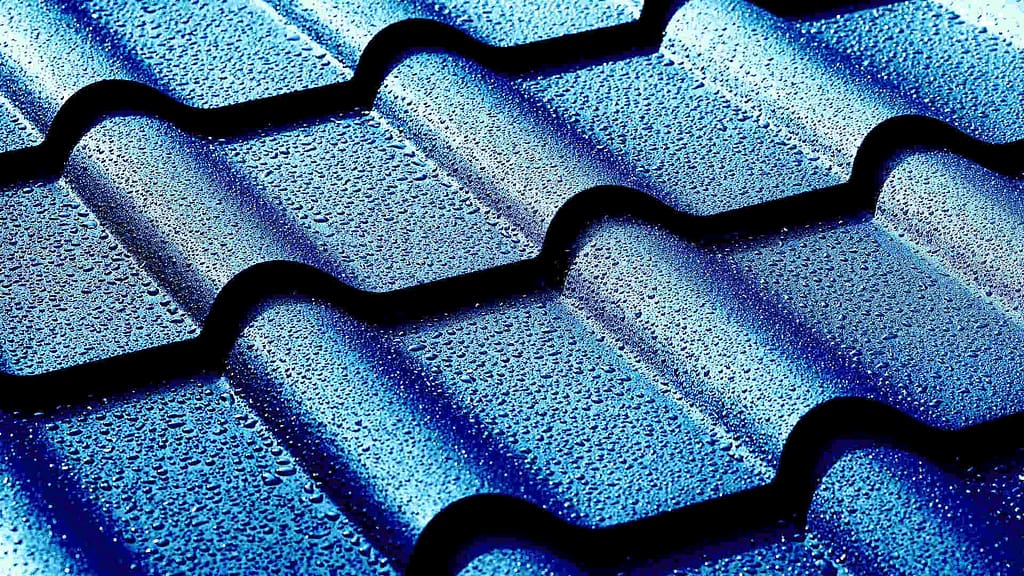
Longevity
Metal roofs, made from materials such as aluminum and steel, usually stay good for about 40 to 70 years. How long they last can vary based on the type of metal and the area’s weather. Proper installation and care can make them last even longer. In comparison, standard asphalt roofs often last just 15 to 20 years.
Its superior durability can be attributed to its intrinsic resistance to common degrading elements, including moisture, ultraviolet radiation, and pests.
Energy Efficiency
Metal roofs are renowned for their energy efficiency, providing both environmental and cost-saving benefits for homeowners. Their reflective properties play a pivotal role in this efficiency.
Unlike asphalt and other roofing materials, It can reflect a significant amount of the sun’s rays, reducing the amount of heat that penetrates into a home. As a result, during hotter months, buildings with metal roofs tend to remain cooler, leading to reduced air conditioning usage and consequently, lowered energy bills.
Durability
Metal roofs are known for their exceptional durability against severe weather. Designed to counter nature’s extremes, they endure heavy rain, hail, snow, and strong winds. Their panels interlock, reducing leaks and resisting wind uplift. In snowy regions, such as Maine and Vermont, they effectively prevent ice dams.
Insurance and Fire Abatement
If you live in a heavily wooded area a metal roof might be the perfect solution for your home. Metal roofing has a strong resistance to fire. In addition, you may get a discount on your homeowners insurance by having a metal roof in a heavily wooded area. This becomes more important if you live in an area that is high risk for forest fire. This why it’s so common to see heavily wooded cabins with metal roofs.
Aesthetics and Variety
Metal roofing combines durability with aesthetic variety. No longer just shiny silver sheets, the modern market provides diverse designs that replicate wood shakes, clay tiles, and slate, maintaining metal’s advantages.
Available in many colors, from subtle to bold, they complement various architectural styles. This design versatility, along with metal’s contemporary feel, boosts curb appeal and may elevate property value.
Drawbacks and Countermeasures
Metal roofing boasts durability, but it’s not without its drawbacks. From substantial upfront costs to the possibility of increased noise, understand the potential cons before embracing this roofing choice.
Initial Cost
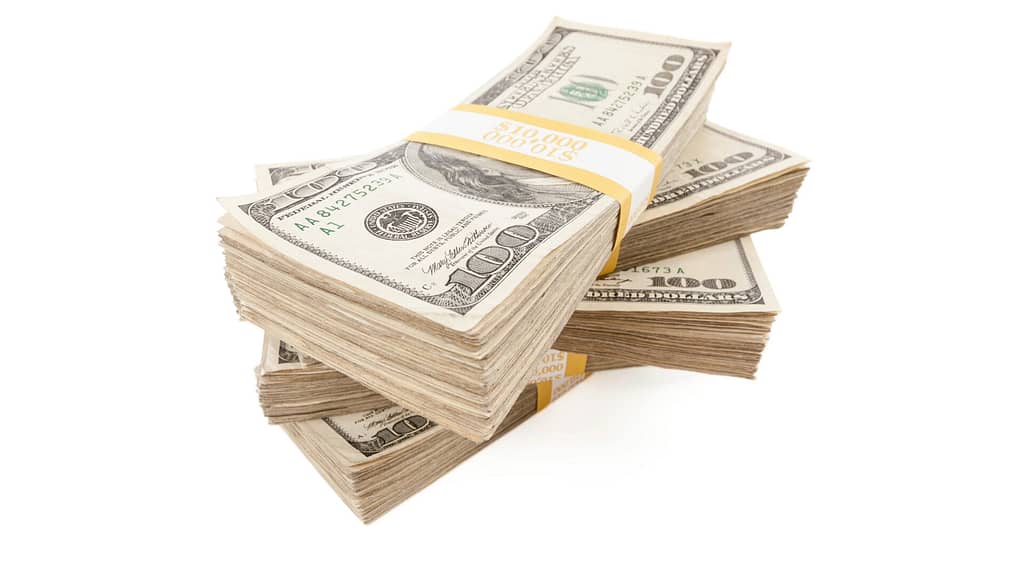
While metal roofs offer numerous benefits, one of the primary deterrents for many homeowners is the initial cost. Installing a metal roof can be more expensive than traditional asphalt shingles.
The price typically ranges depending on the type of metal, the complexity of the roof design, and labor costs in a specific region. For instance, copper, being a premium material, can cost more than aluminum or steel.
While it offers long-term savings from its durability and energy efficiency, the initial cost might deter some homeowners, particularly those on a tight budget or with near-future relocation plans. For a clearer financial perspective, you can use our metal roof cost calculator for free.
Long-term Cost Benefits
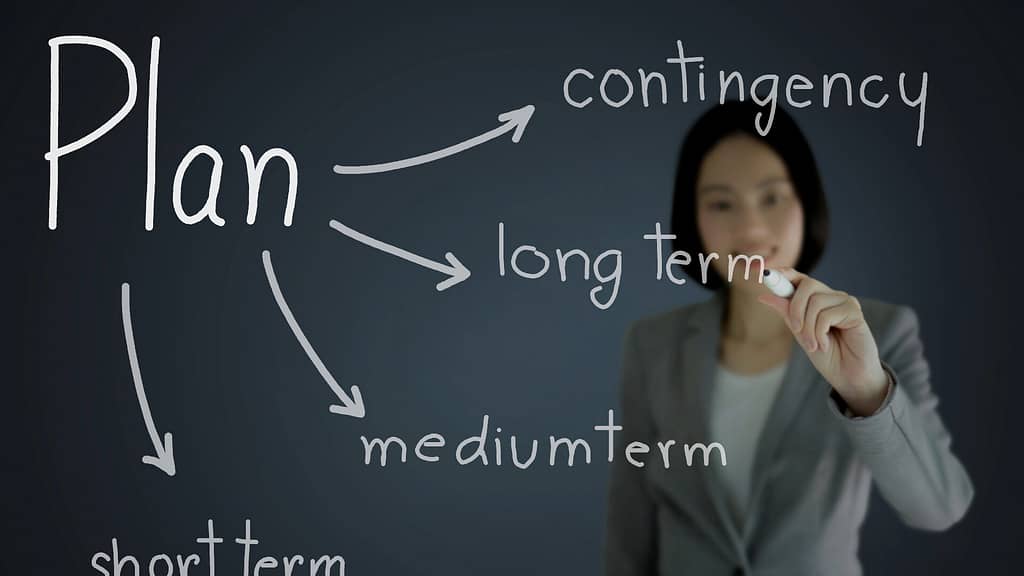
While the initial investment in a metal roof is notably higher than some traditional roofing materials, the long-term financial benefits can make it a justifiable expense.
Noise Concerns
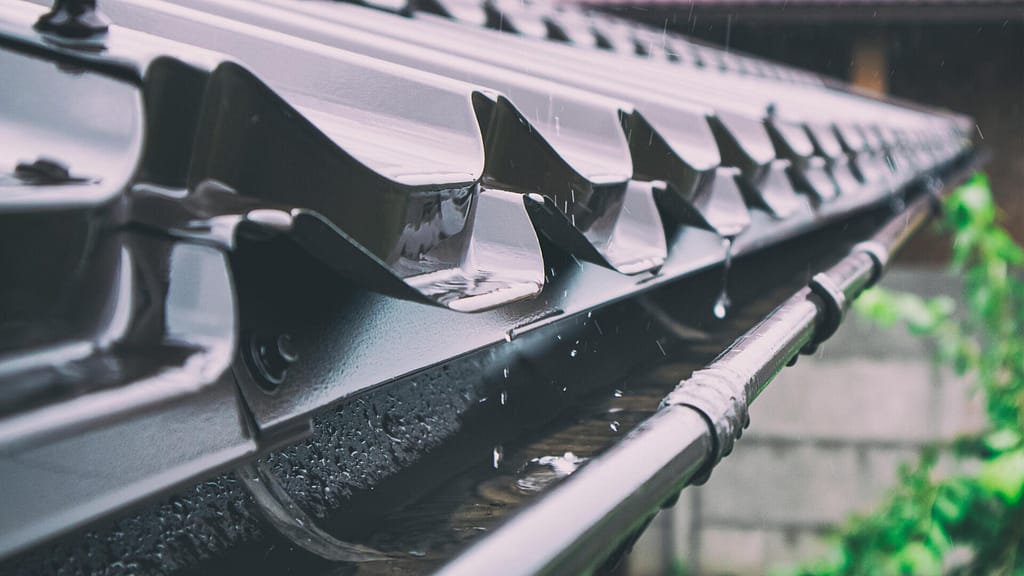
A common concern associated with metal roofs is the potential for amplified noise during heavy rain or hailstorms. Indeed, without appropriate underlayment or insulation, a metal roof can be noisier than its asphalt or wood counterparts under such conditions.
The sound of raindrops or hailstones impacting the metal surface can create a drumming effect that, for some, may be bothersome. However, it’s worth noting that with modern installation techniques and the use of quality underlayment materials, this noise can be significantly mitigated.
Solutions to Mitigate Noise
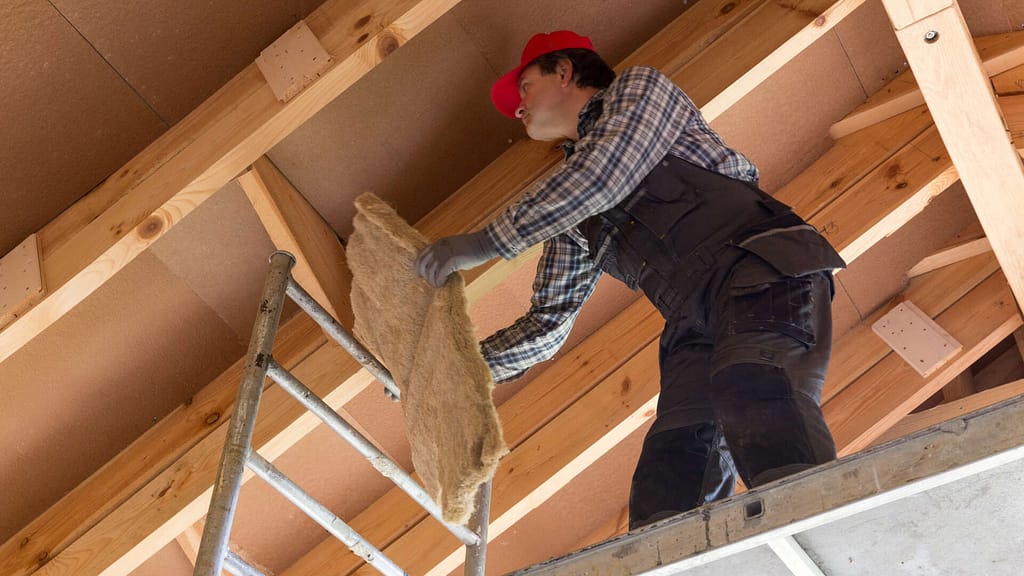
Consider the following if you’re sensitive to the potential sound from a metal roof:
- Consider adding a soundproofing underlayment beneath the metal roofing panels during your next roof replacement or installation. This can significantly reduce the noise of rain hitting the metal.
- Blown-in Insulation: While fiberglass and cellulose offer R-values ranging from R-2.2 to R-3.8 per inch, they also help in noise dampening due to their fibrous structure. Best part about blown-in insulation is you can always add more and continue to reduce noise by the inch.
Environmental Impact and Eco-Friendly Advantages
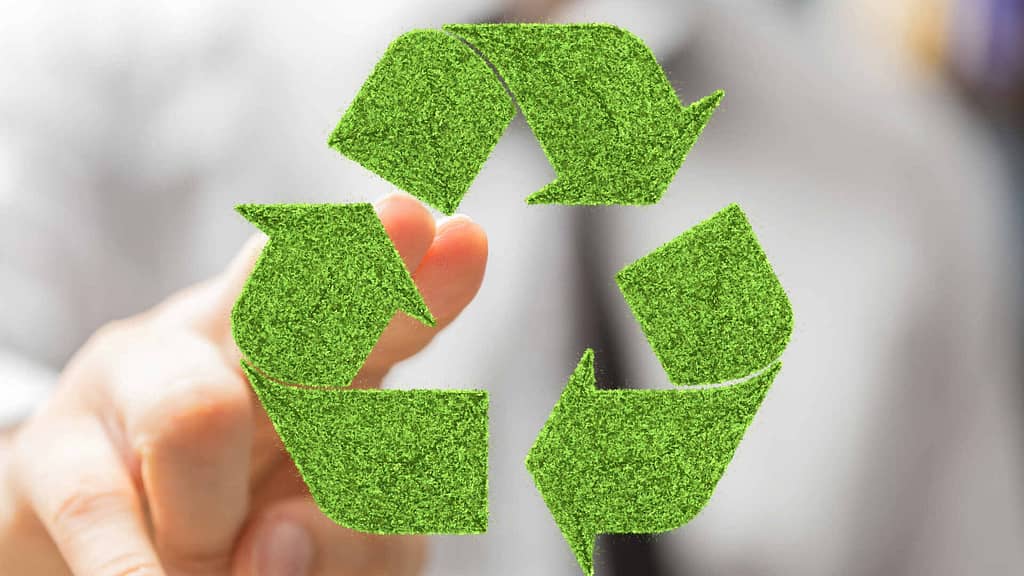
Metal roofing stands out with its significant environmental benefits. From its high recyclability, preventing landfill waste, to its reflective properties that reduce energy costs, learn about the green advantages of choosing metal for your roof.
Recyclability
Metal roofs not only provide durability and aesthetic appeal but also boast significant environmental advantages, notably their recyclability. Unlike many roofing materials which end up in landfills after their useful life, metal roofs are almost entirely recyclable.
Whether they’re being replaced after decades of use or are remnants from a new installation, the metal can be reclaimed and repurposed without losing its inherent quality.
Reduction in Energy Consumption
Reflective metal roofs can lead to cooler building interiors, which can translate to less reliance on air conditioning systems, and therefore, lower electricity consumption. The U.S. Department of Energy has indicated that cool roofs can save up to 10-25% in cooling energy costs. (Source)
Conclusion
Metal roofs come packed with a plethora of advantages: they’re durable, energy-efficient, environmentally-friendly, and aesthetically versatile. They can last for several decades, endure harsh weather conditions, save you money on energy bills, and contribute positively to environmental sustainability.
When contemplating whether a metal roof is the ideal choice, consider the specific needs and conditions of your home. What’s the climate like in your region? If you reside in an area with scorching summers, the energy efficiency of a metal roof might appeal to you. Your budget is crucial, too; while the upfront cost is higher, the long-term savings might make the investment worthwhile. Lastly, the decision rests on a careful assessment of these factors, aligned with your personal priorities and long-term home goals.
Fact checked by Jacob Petrosky – 8/31/23
